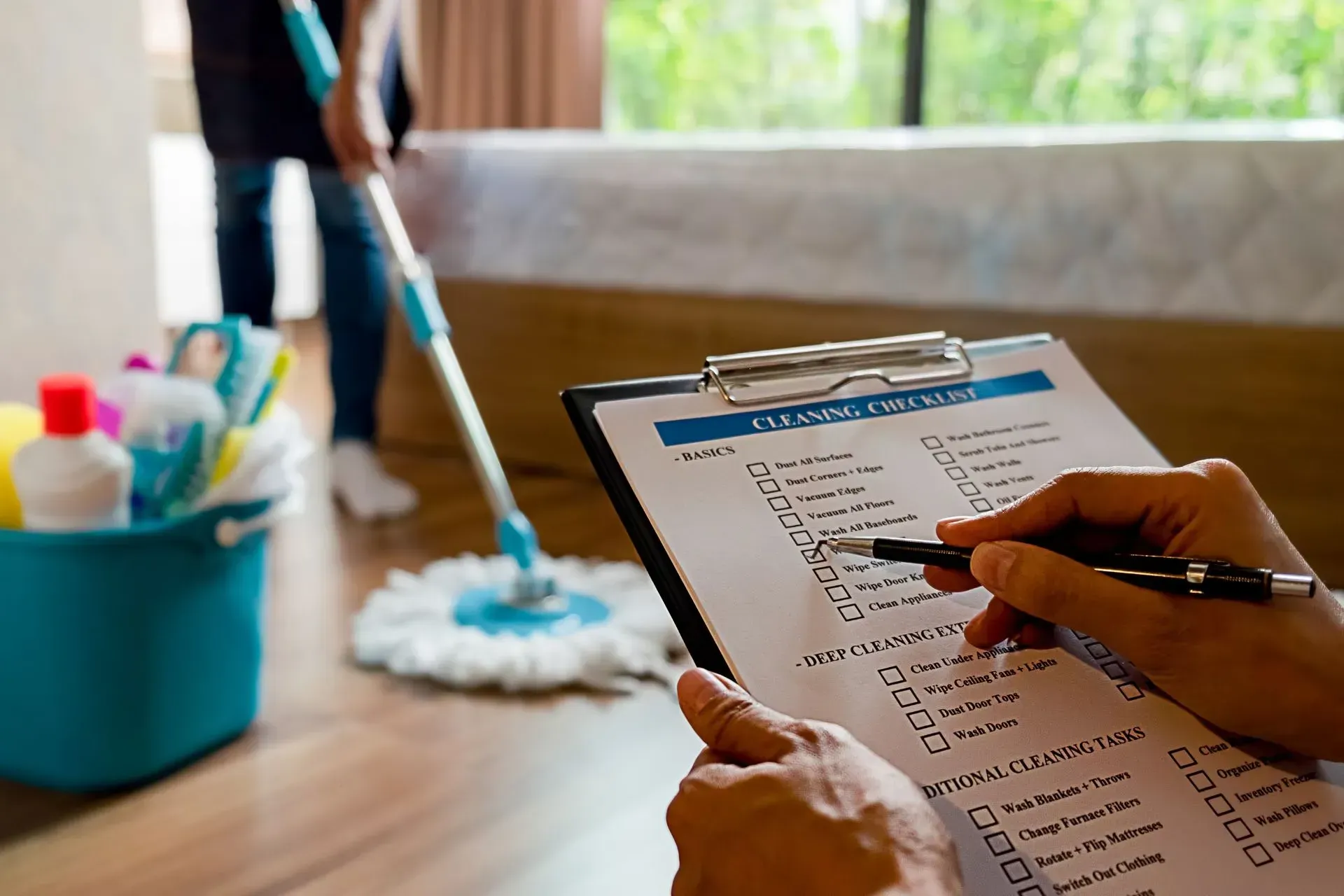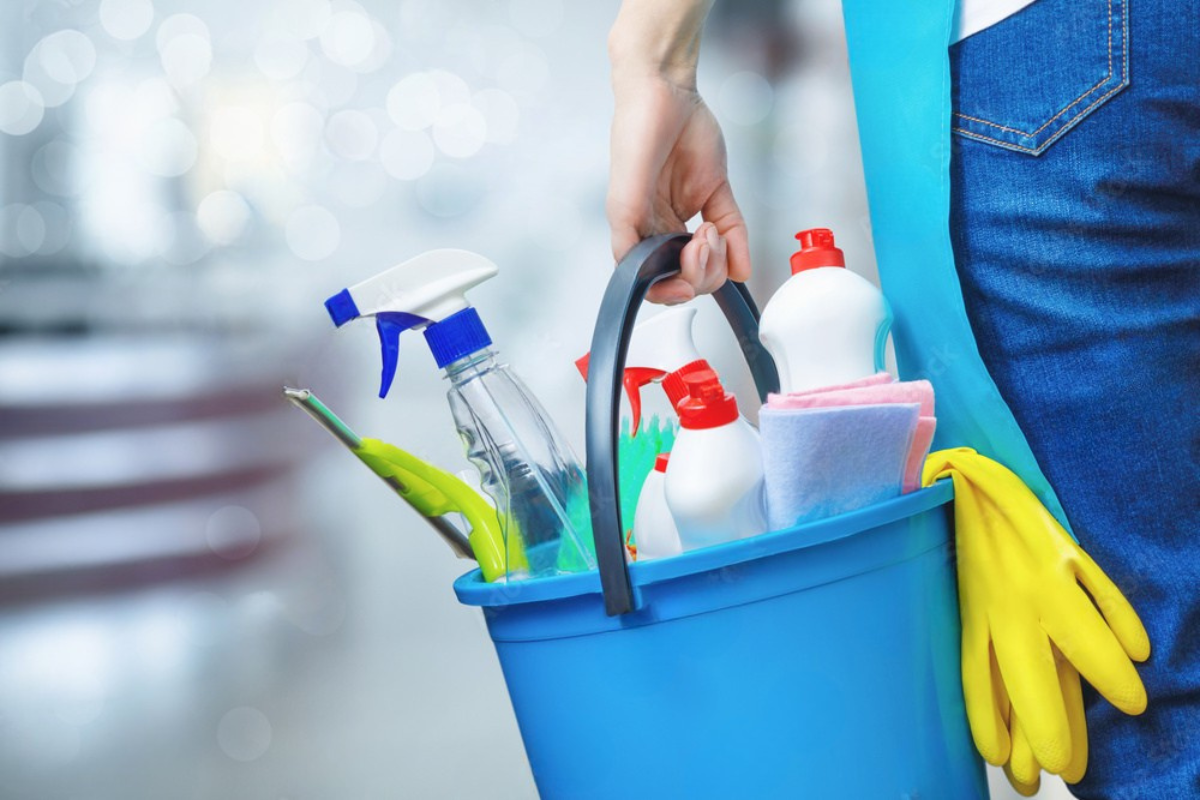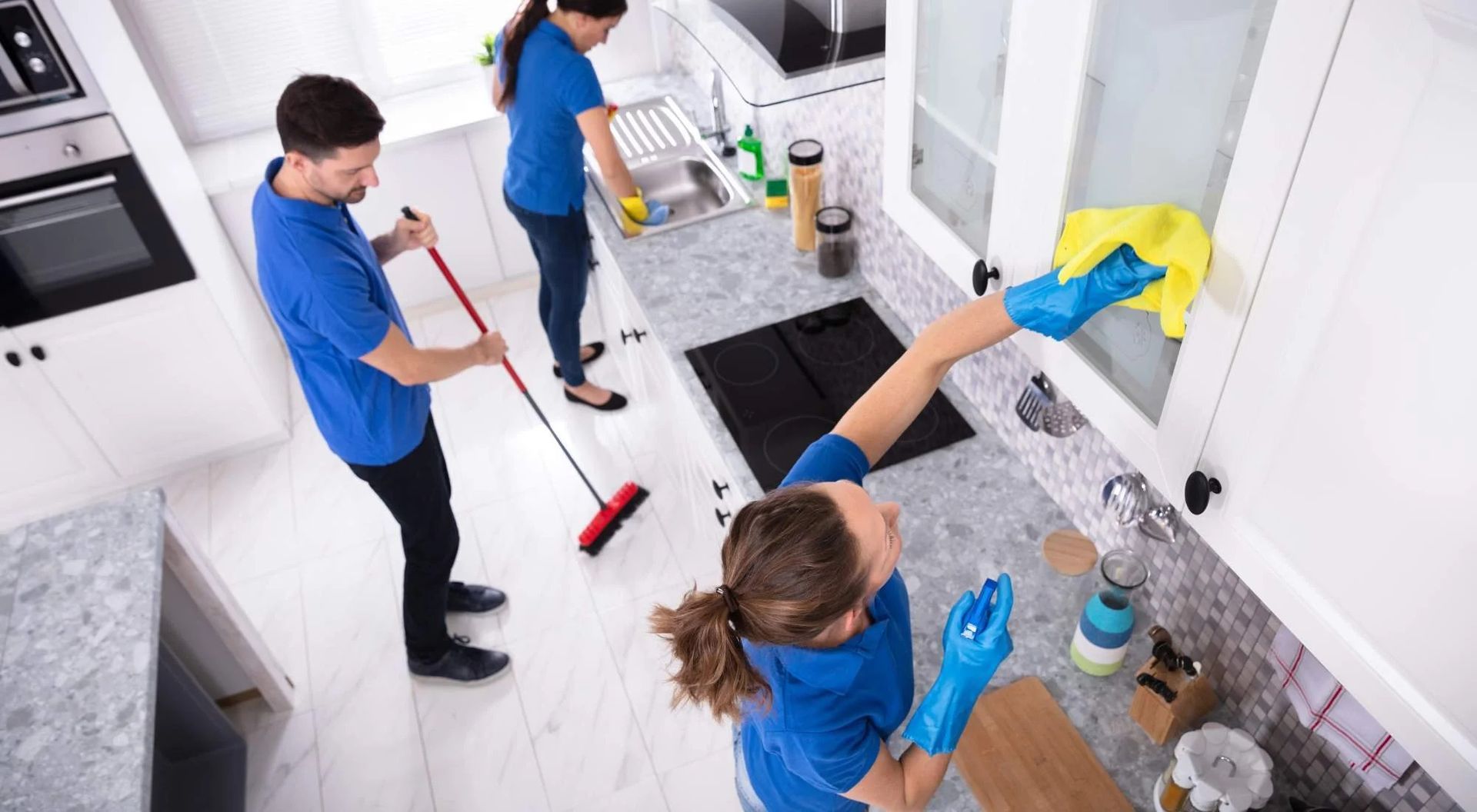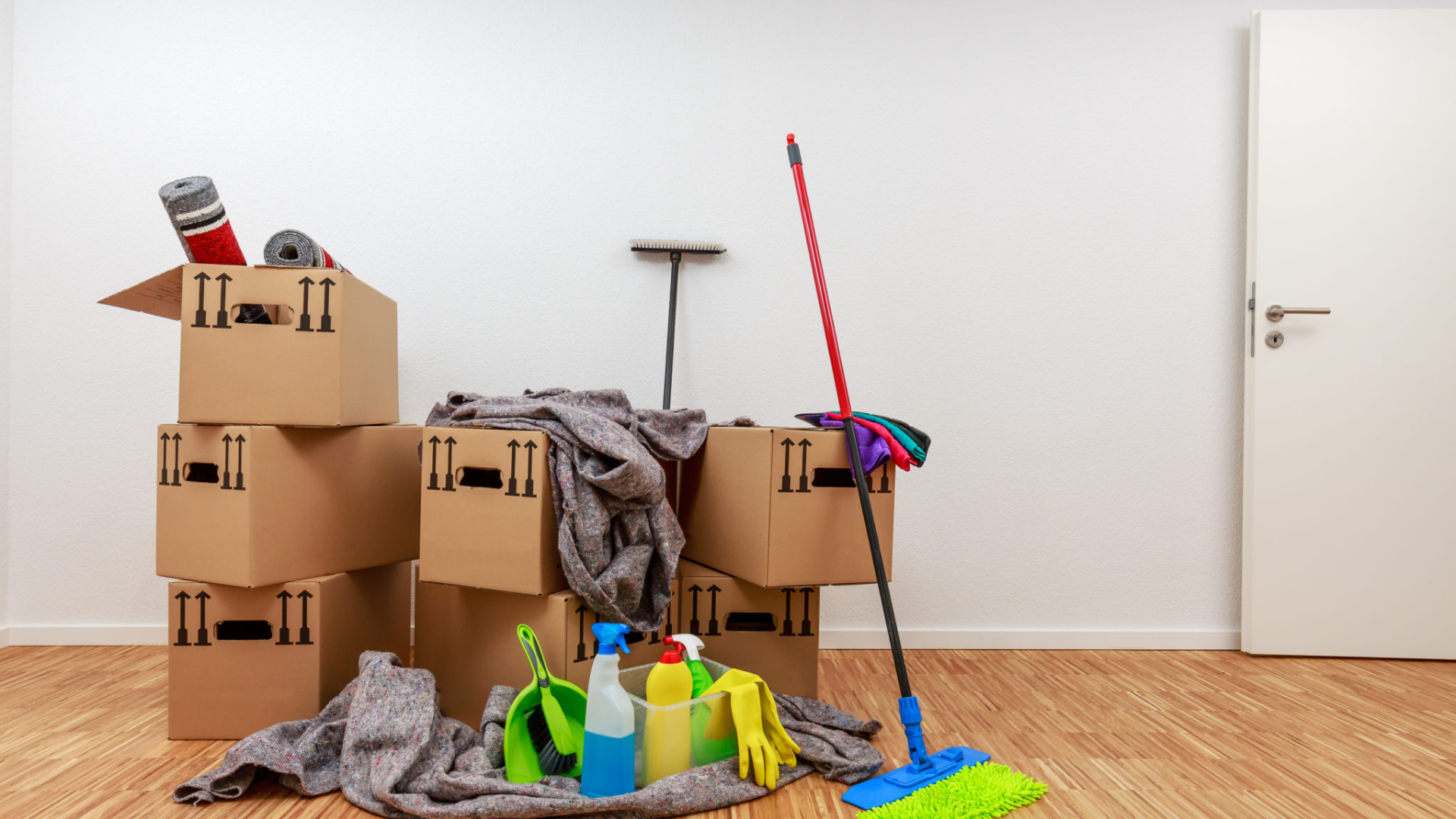Powerful Partners for a Spotless Home: Cleaning Tools and Chemicals Explained
Understanding the Essentials of a Spotless Home
Achieving a truly clean and fresh-smelling home isn’t just about effort—it’s about using the right tools and chemicals. In the pursuit of a hygienic, inviting space, many homeowners overlook the importance of pairing effective tools with quality cleaning products. These “powerful partners” work hand in hand to ensure not only surface-level beauty but also deep sanitization and long-term upkeep.
Whether you're a hands-on homeowner or someone who prefers professional support like a cleaning service, understanding your cleaning allies can transform your routine from tiring to efficient.
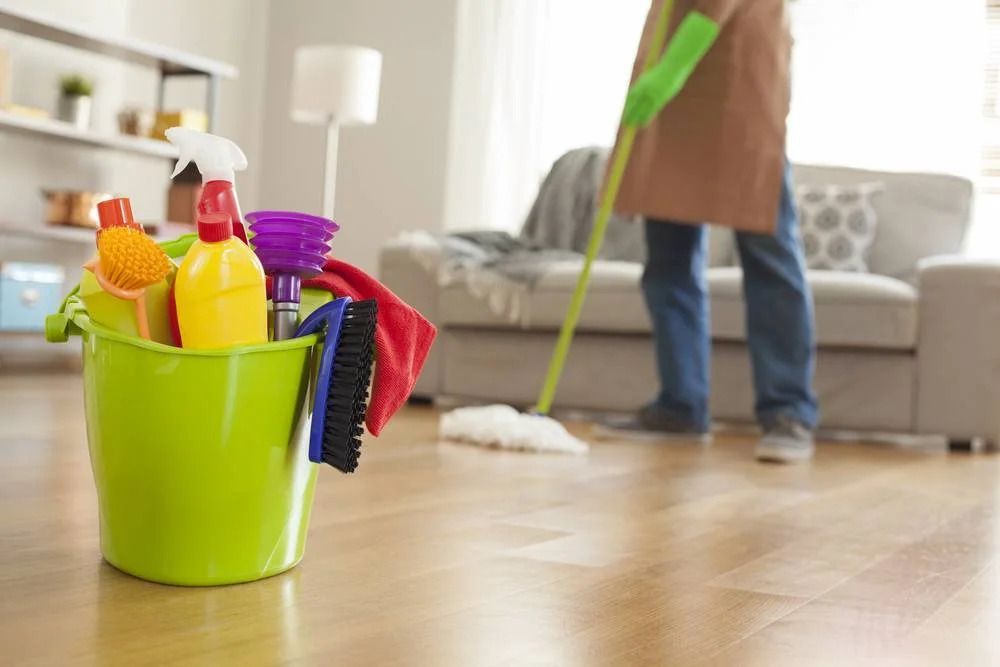
Powerful Partners for a Spotless Home
A spotless home doesn't just happen by magic—it’s a result of consistency, strategy, and using the right gear. Your go-to vacuum, reliable mop, and a few trustworthy sprays are the secret weapons you didn’t know had such an impact.
Let’s dive into the most powerful cleaning partners and how each plays a vital role.
Essential Cleaning Tools Every Home Needs
Having a solid collection of cleaning tools makes any chore easier. Think of them as the soldiers in your battle against dirt, dust, and grime. At the very least, your toolkit should include:
- A quality broom and dustpan
- Microfiber cloths
- A mop and bucket
- A vacuum cleaner
- A scrubbing brush
- A squeegee
Each serves a unique function, and investing in durable versions ensures you’re always ready to tackle any mess.
How to Choose the Right Vacuum Cleaner
Vacuums aren’t one-size-fits-all. Choosing the right one depends on your floor type, pet situation, and noise tolerance. Upright vacuums work well for carpets, while canister vacuums are great for hard floors and stairs. If convenience is your style, consider robotic vacuums—they’ve become surprisingly effective and user-friendly.
Look for features like HEPA filters, powerful suction, and attachments for furniture and tight corners.
The Power of Microfiber Cloths
Forget paper towels. Microfiber cloths are the unsung heroes of cleaning. They can trap dust, absorb liquid spills, and even lift grease without chemicals. Plus, they’re reusable and eco-friendly. Use different colors for different rooms to avoid cross-contamination—one for the bathroom, one for the kitchen, and so on.
Mops vs. Steam Cleaners: What Works Best?
Mops are traditional but still effective. Choose a flat microfiber mop for hardwood and a spin mop for tiles. But if you’re dealing with stubborn grime or want a more sanitary solution, steam cleaners are game-changers. They kill germs without harsh chemicals, perfect for families with kids or pets.
Must-Have Brushes and Scrubbers
Every surface needs a different scrubber. Soft-bristled brushes are ideal for delicate bathroom tiles, while heavy-duty scrubbers cut through stove-top grease. A good toilet brush with a splash guard, a dish brush with a built-in soap dispenser, and a grout cleaner can significantly ease your scrubbing efforts.
Buckets, Caddies, and Storage: Organizing Your Cleaning Arsenal
Organization is just as important as the tools themselves. Store your supplies in a cleaning caddy so you can carry them from room to room. Buckets with measurement lines make mixing cleaning solutions more accurate. Wall-mounted hooks and under-sink organizers keep clutter at bay.
Types of Cleaning Chemicals and Their Uses
From glass cleaners to all-purpose sprays, it’s vital to know what each product is designed for. Here’s a quick breakdown:
Chemical Type Use
All-purpose Cleaner General surface cleaning
Glass Cleaner Streak-free shine on windows & mirrors
Degreaser Breaks down kitchen grease
Disinfectant Kills germs on contact
Bathroom Cleaner Targets soap scum and mildew
Each type serves a unique purpose, and using the wrong one could damage surfaces or reduce effectiveness.
Natural Cleaning Solutions That Actually Work
Not every cleaning product needs to come from the store. Some of the most effective solutions are already in your pantry:
- Vinegar: Cuts through hard water and shines glass
- Baking soda: Excellent for scrubbing and odor absorption
- Lemon juice: Natural bleach and deodorizer
- Hydrogen peroxide: Kills germs without leaving a strong scent
These ingredients are perfect for those looking to cut down on chemical exposure.
Disinfectants vs. Cleaners: What’s the Difference?
Many people use the terms interchangeably, but they serve different roles. Cleaners remove dirt, dust, and grime. Disinfectants, on the other hand, kill bacteria and viruses. Always clean first, then disinfect. And remember to leave disinfectants on surfaces for the recommended time to ensure effectiveness.
Safe Use and Storage of Cleaning Products
Cleaning chemicals can be harmful if misused. Always:
- Store products out of reach of children and pets
- Keep them in original containers with labels intact
- Never mix products (e.g., bleach and ammonia—it can create toxic fumes)
- Use gloves and ventilate rooms while cleaning
A little caution goes a long way in keeping your home safe and spotless.
Eco-Friendly Cleaning Products for a Healthier Home
Going green doesn’t mean sacrificing cleanliness. Many eco-friendly brands now offer powerful cleaning products made from plant-based ingredients. Look for labels that say “biodegradable,” “non-toxic,” or “EPA Safer Choice.” These options are safer for your home and better for the planet.
Smart Cleaning Tools for Modern Homes
Technology is transforming cleaning. From voice-activated vacuums to UV sanitizing wands, smart tools offer convenience and precision. Some even sync with your smartphone to schedule cleanings or track your home’s cleanliness levels. Investing in smart cleaning gear can save time and reduce manual labor significantly.
How Robotic Vacuums Are Changing Cleaning Habits
Robotic vacuums like Roomba have revolutionized how we clean. They navigate around furniture, detect dirt, and even self-empty. While they don’t replace deep cleaning, they’re perfect for daily upkeep—especially in homes with pets or kids.
Benefits of Using Cleaning Services
Sometimes, the best cleaning tool is a professional. Hiring a cleaning service can help maintain a higher standard of cleanliness, especially for larger homes or busy individuals. Regular services can handle deep-cleaning tasks like baseboards, ceiling fans, and under-the-rug areas.
When to Replace Your Cleaning Tools
Even the best tools wear out. Change sponges every 1-2 weeks. Replace vacuum filters every 3-6 months. Toss microfiber cloths when they lose their softness. Worn-out brushes or broken spray nozzles reduce effectiveness and waste your time.
Powerful Partners for a Spotless Home in Action
Let’s paint a real-world picture. Imagine walking into a home where:
- Floors sparkle, thanks to a microfiber mop and all-natural floor cleaner.
- Bathrooms gleam from vinegar and baking soda.
- A robotic vacuum keeps pet hair in check between cleanings.
These powerful partners make that dream home a reality. Whether DIY or with professional help, results like these are achievable for everyone.
Tips from Professional Cleaners
Professionals swear by a few golden rules:
- Clean top to bottom, left to right
- Let chemicals sit before scrubbing
- Use separate cloths for each room
- Stick to a weekly cleaning schedule
- Invest in quality tools—cheap ones cost more in the long run
If in doubt, reach out through the contact page of your preferred cleaning company for personalized advice.
Common Mistakes in Cleaning and How to Avoid Them
- Overloading spray: Too much product leaves residue.
- Skipping dwell time: Disinfectants need time to work.
- Using the same cloth: Spreads germs around.
- Not reading labels: Some chemicals damage wood, stone, or metal.
- Ignoring ventilation: Can cause dizziness or breathing issues.
Being mindful prevents damage and boosts effectiveness.
Frequently Asked Questions
What is the best all-purpose cleaner?
A mix of water, vinegar, and a few drops of dish soap works wonders for most surfaces. For store-bought, Method and Mrs. Meyer’s are top choices.
How often should I clean my floors?
High-traffic areas should be cleaned weekly, while less-used rooms can go 2–3 weeks between cleanings.
Can I mix cleaning products?
Avoid mixing any products, especially bleach with ammonia. It can create toxic gases.
Are steam cleaners safe for all floors?
No. Avoid using steam on unsealed hardwood or laminate. Always check the manufacturer’s recommendation.
What’s the best way to clean windows without streaks?
Use a mix of vinegar and water with a microfiber cloth or squeegee for a streak-free shine.
Is it better to clean or disinfect first?
Always clean first to remove dirt, then disinfect to kill germs.
Final Thoughts: Making the Most of Your Cleaning Partners
Keeping your home spotless doesn’t have to feel overwhelming. With the right tools and chemicals, the job becomes quicker, easier, and more effective. Whether you lean on technology, go green, or call in a cleaning service, the path to a cleaner, healthier home starts with smart choices.
So, gear up, stock wisely, and let these powerful partners do the heavy lifting for you.
Links
